How to Naturally Remove Greenfly & Aphids from Your Garden
 Lee Burkhill: Award Winning Designer & BBC 1's Garden Rescue Presenters Official Blog
Lee Burkhill: Award Winning Designer & BBC 1's Garden Rescue Presenters Official Blog

Greenflies, commonly known as aphids, are a persistent problem for many gardeners. These tiny, sap-sucking insects can cause significant damage to plants, leading to stunted growth, curled leaves, and a general decline in plant health. In some cases, an overwhelming number of greenflies on your plants can significantly reduce the flowering or fruiting potential of your garden plants. Knowing how to remove greenfly can help save your plants from stress and you, the gardener, from heartache!
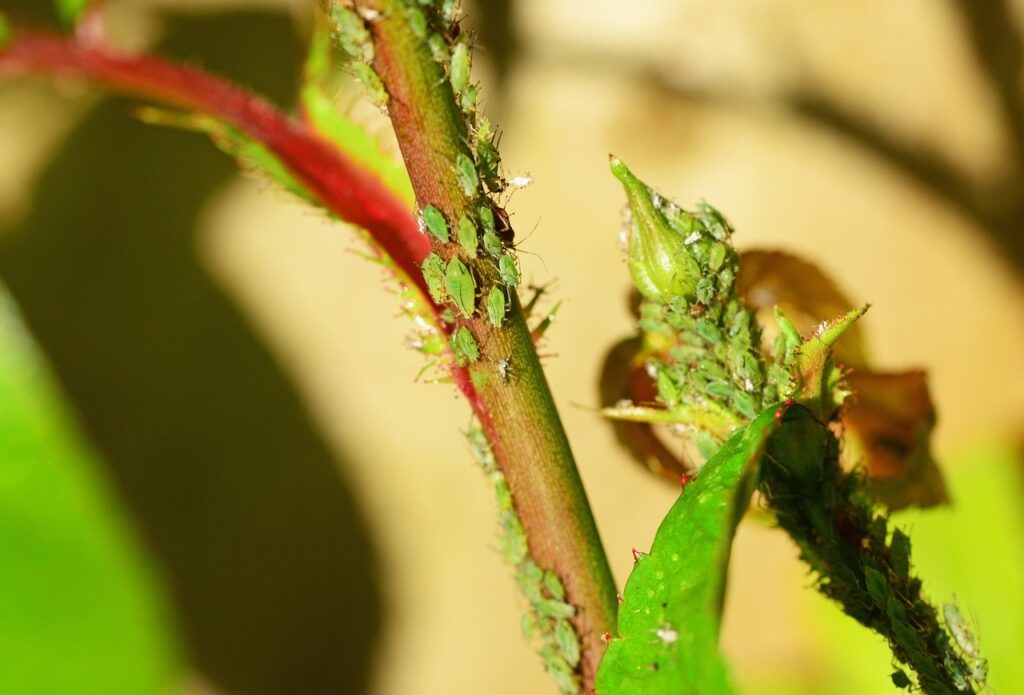
While chemical insecticides can be effective, many gardeners prefer natural methods to protect their plants and maintain a healthy, eco-friendly garden. At Garden Ninja, we avoid pesticides for a number of reasons, mainly that they impact beneficial insects too and cause more harm than good.
That's why I've written a detailed guide on naturally removing greenflies from your garden, designed for the ethical gardener who wants to control greenflies without reaching for toxic, harmful chemicals.
Greenflies are small, soft-bodied insects that typically cluster on the undersides of leaves, stems, and buds. They feed by piercing plant tissue and sucking out the sap, which can weaken plants and make them more susceptible to diseases. Greenflies also excrete a sticky substance called honeydew, which can attract other pests and lead to sooty mould growth on plants. You will often see ants amongst greenfly as they milk and eat the liquid sugar that flows out of the greeflys rectums, lovely I know!
Understanding the life cycle of aphids can help you work out a chemical-free treatment method, whether it's preventing them from overwintering or being able to spot the adults and treat them organically to break the life cycle.
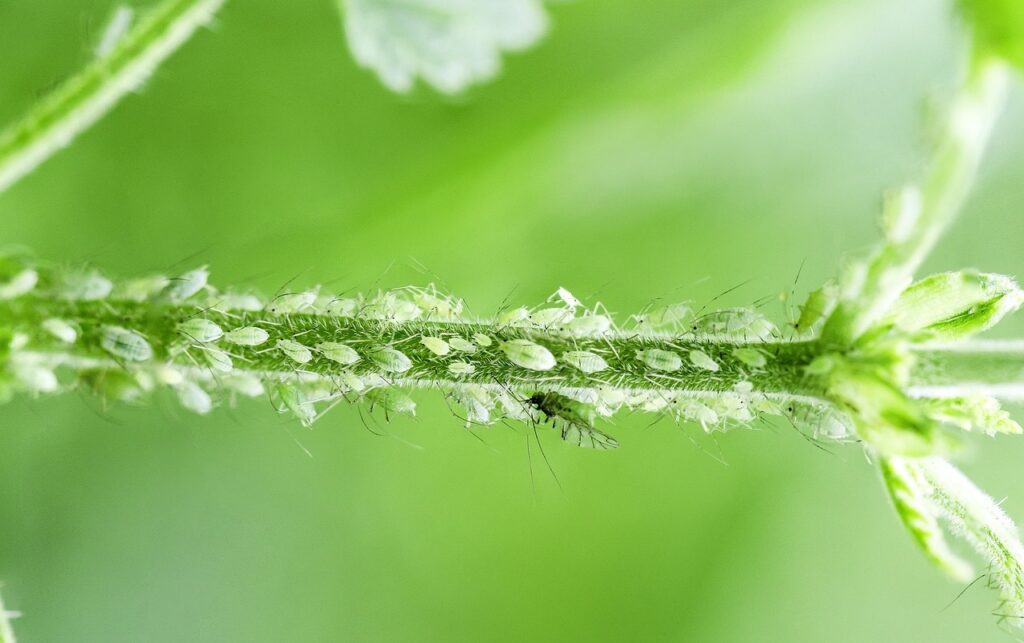
Let's take a closer look at the 4 main life cycle stages aphids go through before we move on to the organic treatment methods.
By understanding which life cycle the aphids are in or the time of year, you can then apply the correct approach towards aphid and greenfly treatment. I.e. if it is winter, you may want to treat the spindle plant species for overwintering eggs, or in the middle of summer, use organic sprays
By far, the most effective methods are natural means of getting rid of greenflies, as they have the least knock-on impact on other beneficial creepy crawlies. Pesticides are non-selective, so whilst they do kill greenflies, they will also kill ladybirds, honeybees, lacewings, and parasitic wasps, too! All of which are important parts of our garden ecosystems.
The first method I always use with greenflies is designing and planting your garden to encourage natural predators. This means carefully planting a diverse mix of herbaceous perennials and suitable shrubs, encouraging insects that feed on or predate on aphids.
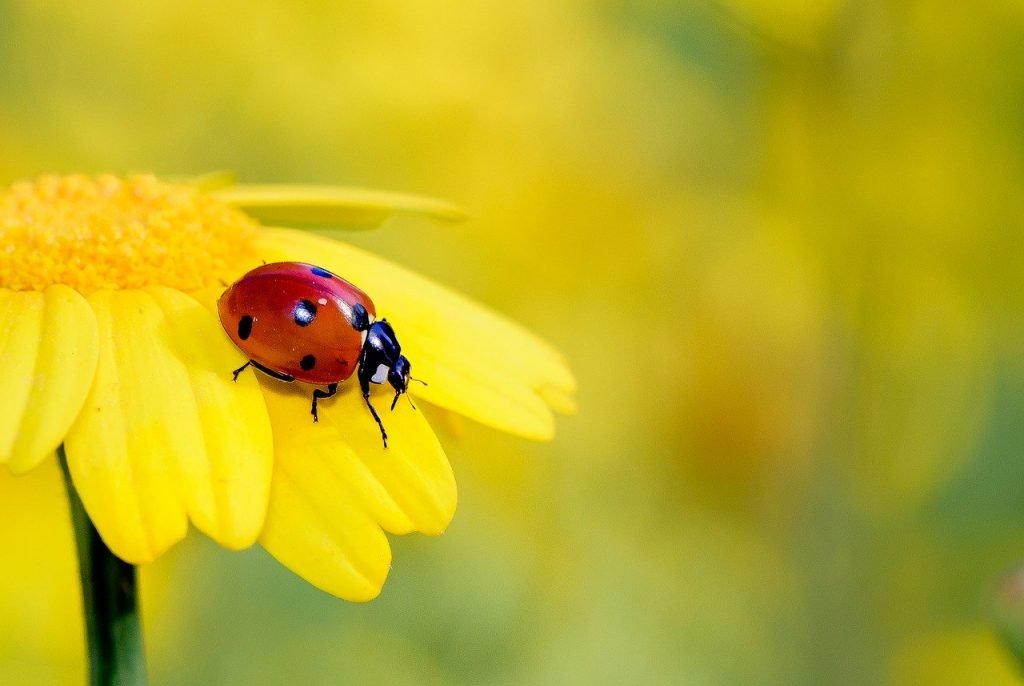
Insecticidal soaps are made from potassium salts of fatty acids and are effective against soft-bodied insects like greenflies. When the soap solution is sprayed directly onto these pests, it penetrates their protective outer layer, causing their cell contents to leak out and leading to dehydration and death. These soaps are effective on contact and are generally safe for plants, humans, and beneficial insects when used as directed.
Spray the soap solution on the affected plants, making sure to cover the undersides of leaves where greenflies often hide. Repeat the application every few days until the infestation is under control.
This is probably my favourite and most bulletproof aphid control method. Use other plants to help deter greenflies and increase your flower bed diversity! Certain plants can repel greenflies. Planting garlic, chives, onions, or marigolds near susceptible plants can help deter aphids. Conversely, planting trap crops like nasturtiums can draw greenflies away from your main plants and be used as 'sacrificial' lambs where aphids can attack them and leave your prise Dahlias or broad beans alone.
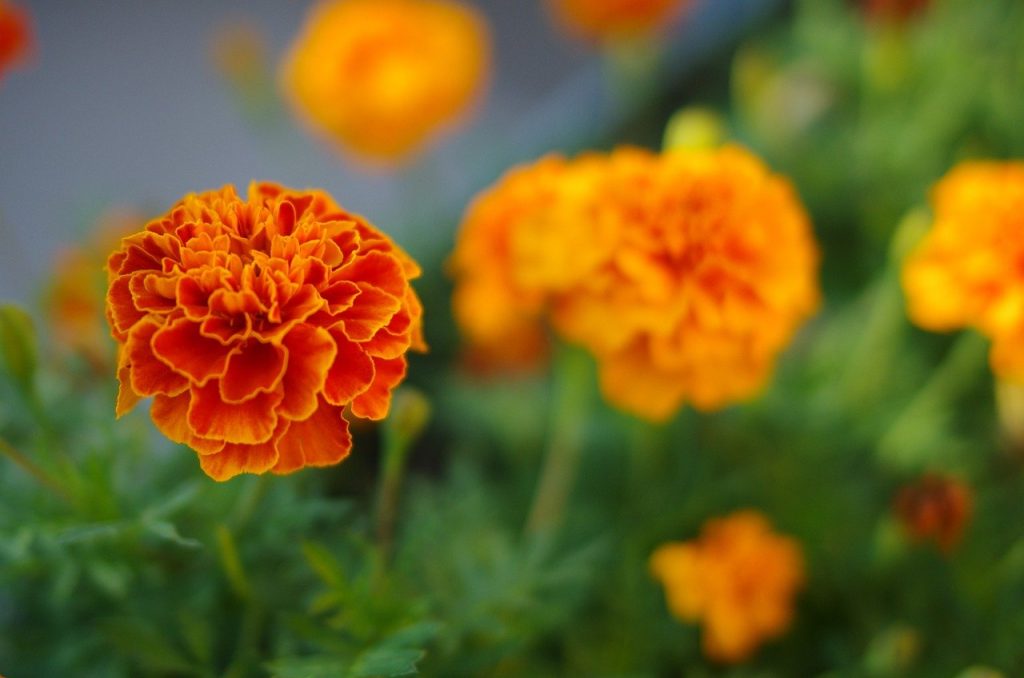
A strong blast of water from a garden hose can dislodge greenflies from your plants. This method is particularly useful for minor infestations. Spray the affected plants thoroughly, targeting the undersides of the leaves. However, in my experience, by the time you've grabbed the hose, you could use your hands to grab the infected stems and squish the greenfly for good. It's gross but effective.
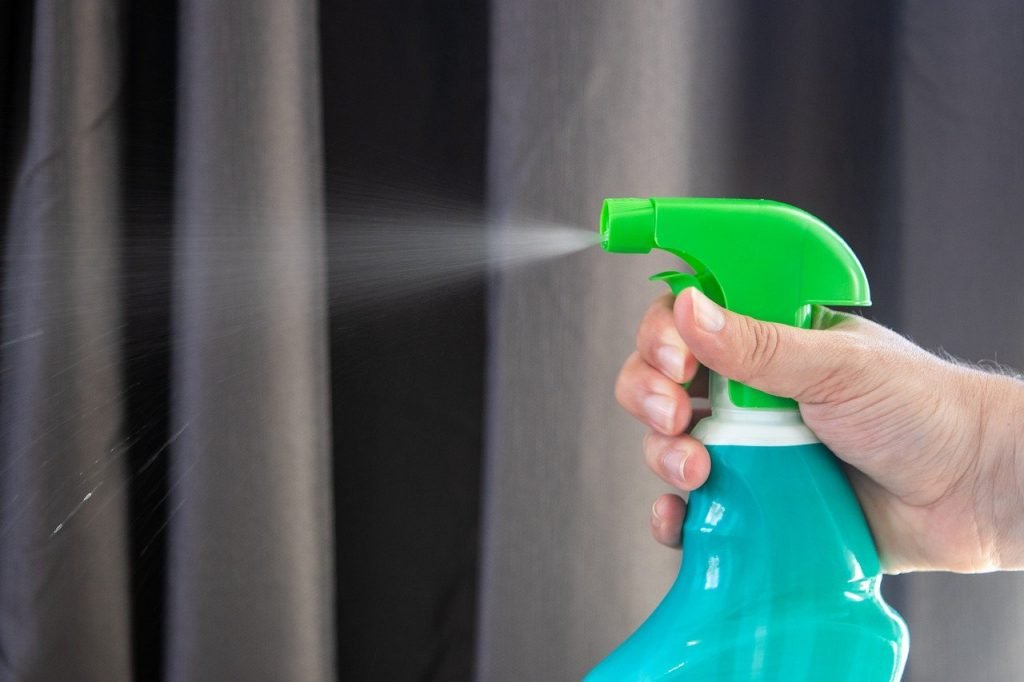
For small infestations, you can simply remove greenflies by hand. Wear gloves and gently wipe or pinch them off the plants. Dispose of them in a bucket of soapy water to ensure they don’t return. I use this method with roses and spraying detergent can sometimes cause the leaves to scorch or mark in full sun. I put on some rubber gloves and go on a squish mission using my fingers to grip each stem and then run then up and down to destroy the greenfly.
Neem oil (also referred to as Margosa oil) is a natural insecticide that disrupts the life cycle of greenflies, preventing them from feeding and reproducing. Neem oil is harvested from the plant Azadirachta indica. However, more recently, there has been confusion as to whether it should be used in the UK or if it has been banned. Let's first look at what neem oil does.
Neem oil disrupts insects primarily through its active compound, azadirachtin, which interferes with their hormonal systems. This disrupts their growth, feeding, and reproduction. When insects ingest or come into contact with neem oil, it can inhibit their ability to moult, reduce their feeding activity, and prevent them from laying eggs, ultimately reducing their populations over time. Additionally, neem oil is a repellent, deterring insects from feeding on treated plants.
More recently, in the UK, Neem oil's key ingredient, Azadirachtin, has been banned from sale, but you can still buy it from Amazon and other online stores causing confusion.
The big take home with neem oil, whether you have some or are willing to buy it, is caution. More recently, it has been linked to harming other beneficial wildlife, such as honeybees and lacewings. Especially when applied incorrectly, in higher than advised quantities and simply sprayed all over plants. If you are going to use it, treat it with caution, use it very sparingly on only infected plants and treat it as if you were spraying a weed killer and keeping drift to a minimum.
If you are worried about neem oil, please choose an alternative method for tackling aphids and greenflies in the garden.
If you've suddenly noticed white powder or floating white particles near your house plants or outside plants, you may be surprised upon closer inspection that these could be the exoskeletons of white fly larvae! I've answered this question in detail here, but a closer look may help you identify that you've got a greenfly infestation!
Preventing greenfly infestations is as important as dealing with existing ones. Even when you have treated your plants and rid them of greenflies, there is nothing to say they won't appear. They are tenacious creatures, so we always need to be on the lookout to keep their numbers in check or their predators on the increase!
Here are some tips to keep your garden greenfly-free:
Keep your plants healthy and well-watered. Stressed plants and juvenile plants that are just emerging are more susceptible to greenfly attacks. When your plants start to wake from their dormant state, you need to be vigilant. Keep an eye out for smaller infestations of greenflies and treat them ASAP.
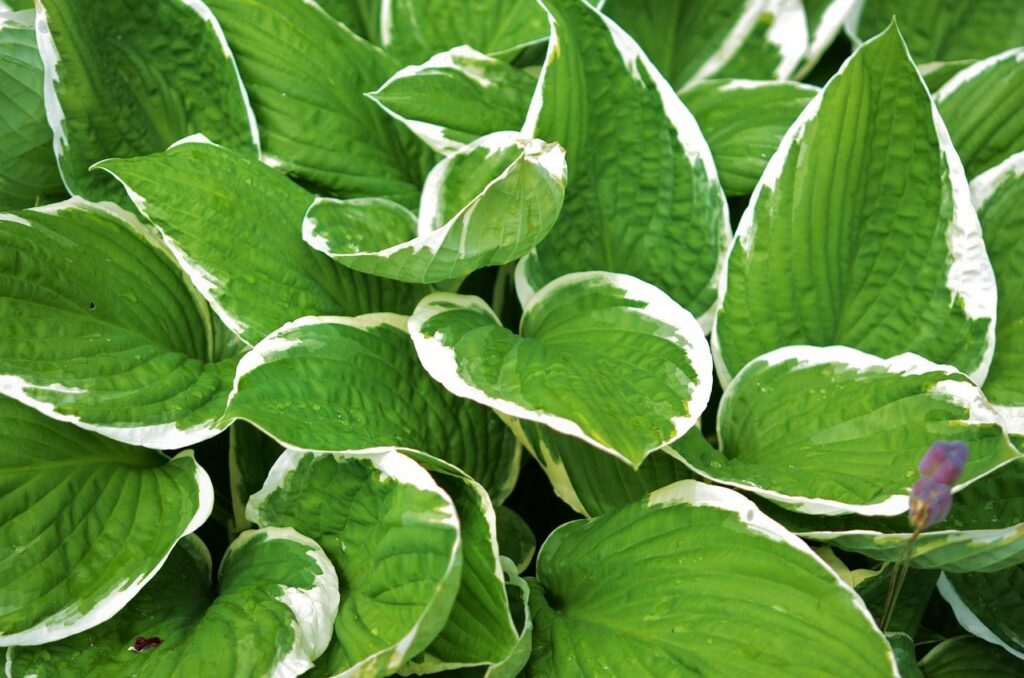
Inspect your plants regularly, especially the undersides of leaves. Early detection can prevent a minor problem from becoming a major infestation.
A diverse garden can reduce the likelihood of pest infestations. Include a variety of plants to create a balanced ecosystem that supports beneficial insects. This is why a mix of herbaceous perennials, shrubs, trees and native planting is far better than a garden with just a few annual plants and some 'low maintenance' shrubbery. These diverse rich gardens encourage not only beneficial insects but also a create longer lasting gardens that carry on longer in the gardening season.
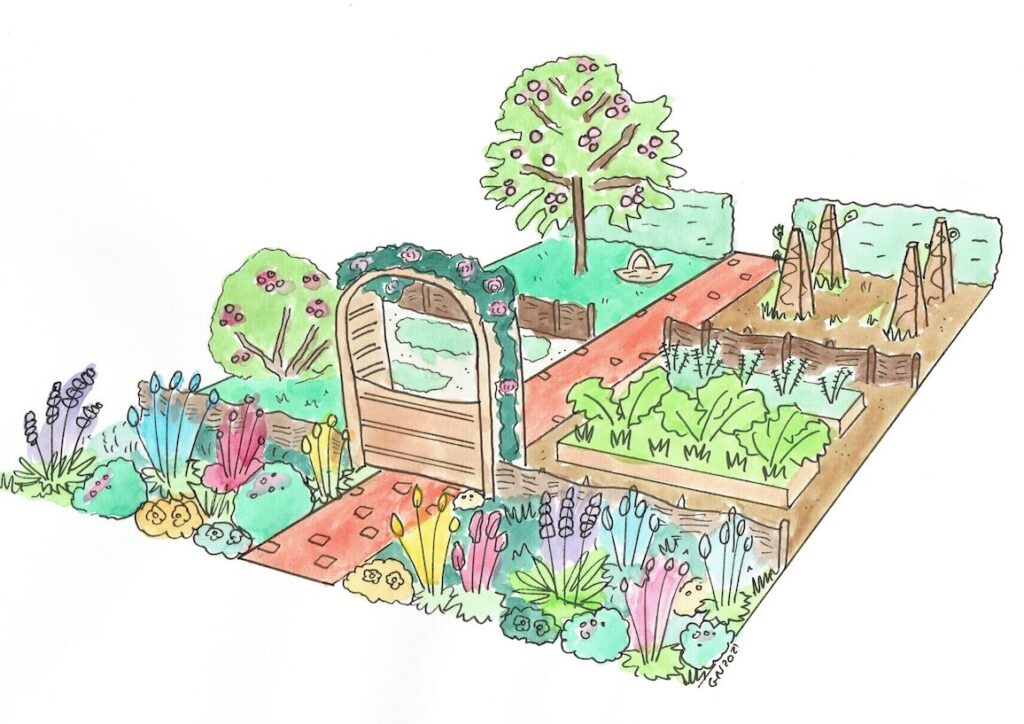
While aphids are often seen as pests, they can also benefit your garden ecosystem. I know, dear gardener, you may have just spat out your tea at that suggestion, but everything in the garden serves a purpose. It's more about getting the right balance. Here are some of the positive roles that aphids or greenflies actually play in our gardens.
Greenflies act as a lure to attract predators to your garden. Aphids are a primary food source for many beneficial insects, such as ladybugs, lacewings, hoverfly larvae, and parasitic wasps. These predators help maintain a balanced ecosystem by controlling other pest populations as well.
Aphids sustain biodiversity. By attracting a variety of predatory insects, aphids contribute to the biodiversity of your garden, supporting a healthy and dynamic ecosystem.
Aphids act as an early warning system and often target plants that are already stressed or weakened. Their presence can alert you to underlying issues with your plants, such as nutrient deficiencies, poor soil conditions, or improper watering, allowing you to address these problems early.
Aphids excrete a sugary substance called honeydew, which can attract ants and other insects. When these insects forage on honeydew, they distribute it across the garden, potentially aiding in the fertilization process as it decomposes and adds nutrients to the soil. A very small benefit, no doubt, but it still needs a mention!
Some research suggests that mild aphid infestations can stimulate plant defence mechanisms and promote growth by activating certain plant hormones. This can make the plants more resilient to other stresses.
For gardeners, especially beginners, dealing with aphids can be a valuable learning experience. Understanding their life cycle, how to manage them, and the role they play in the ecosystem can enhance your gardening knowledge and skills.
Dealing with greenflies doesn’t have to involve harsh chemicals. By encouraging natural predators, using natural sprays and soaps, and practising good garden hygiene, you can effectively manage greenfly infestations and maintain a healthy, vibrant garden. My favorite methods are the homemade detergent method and companion planting. I've had the most success with these two methods here at Garden Ninja HQ.
Embrace these natural methods and enjoy the benefits of a beautiful, eco-friendly garden. Until next time, Garden Ninjas.



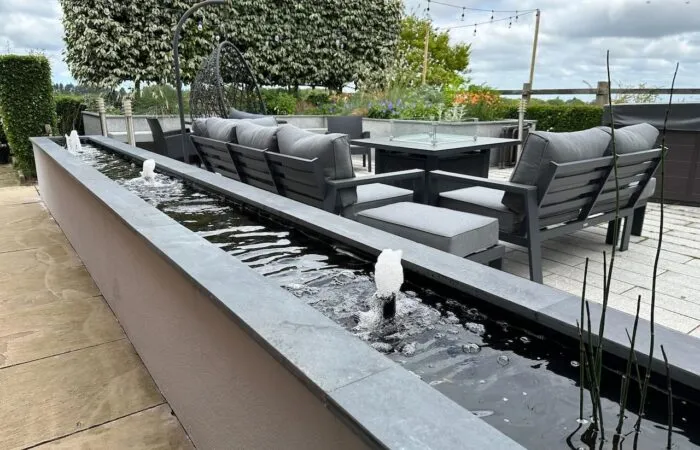

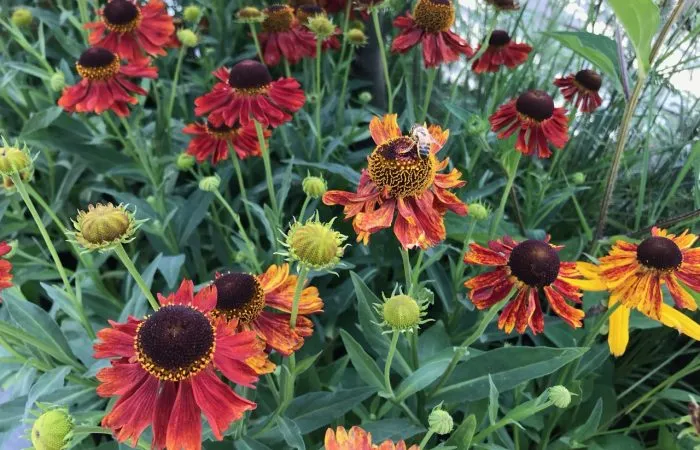
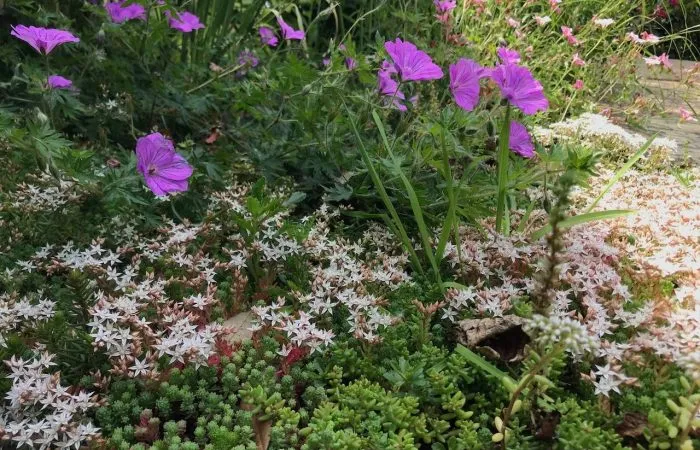
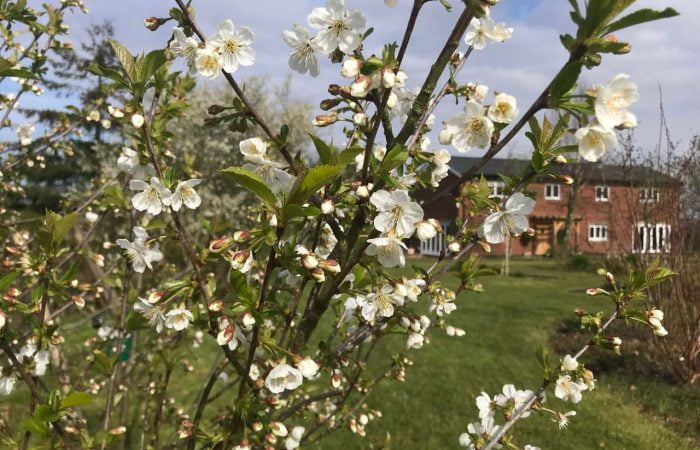
JOIN THE NINJAS

Be the first in line for new Guides, Discount codes and Offers